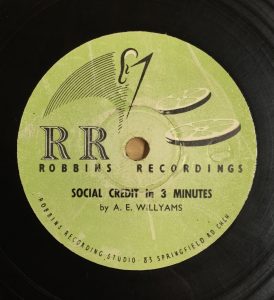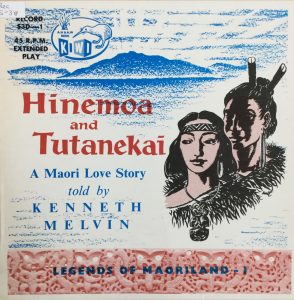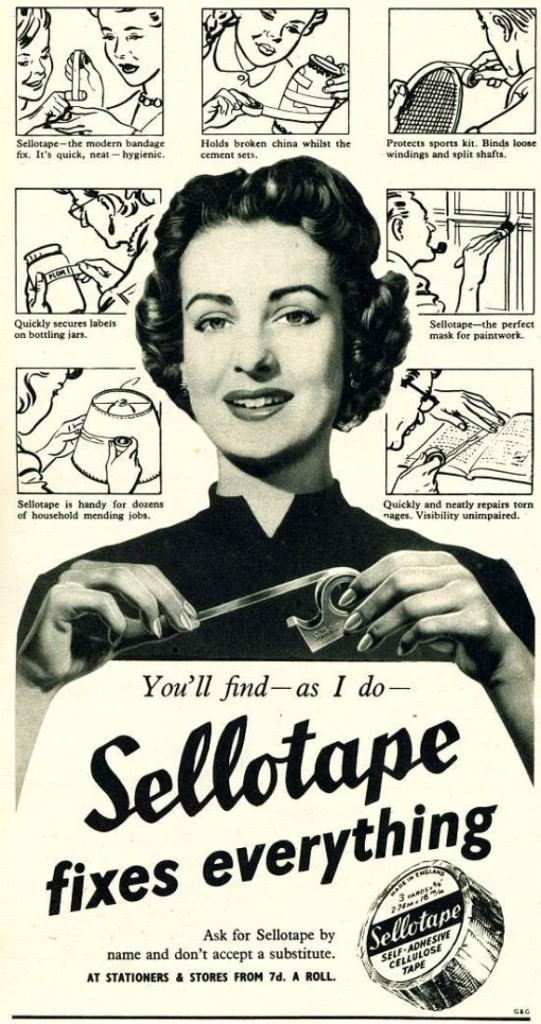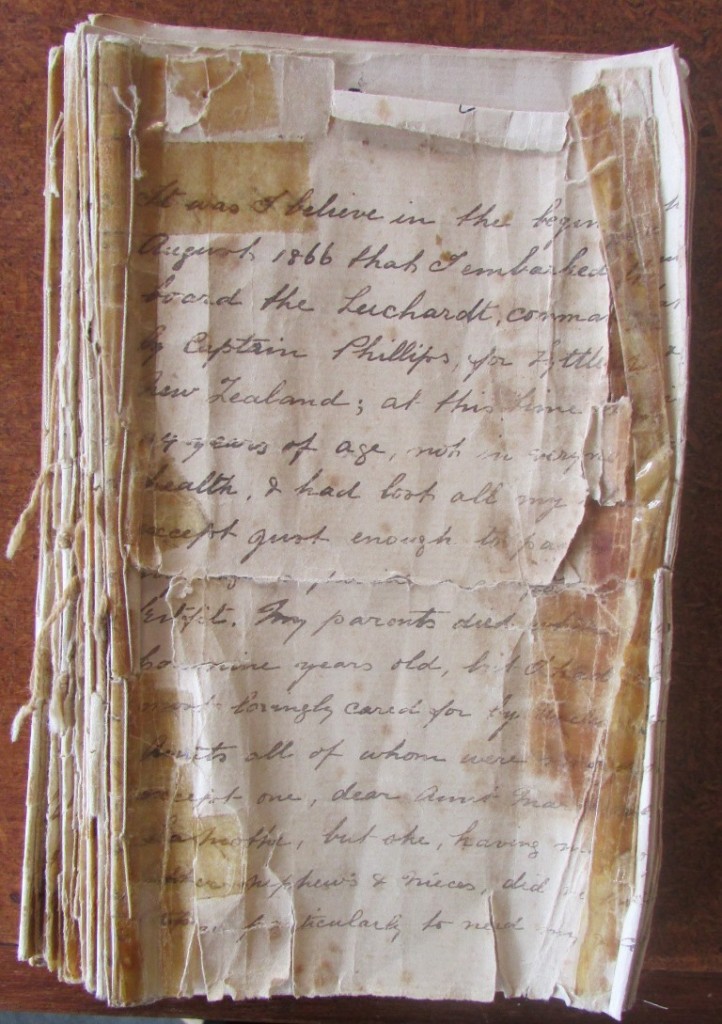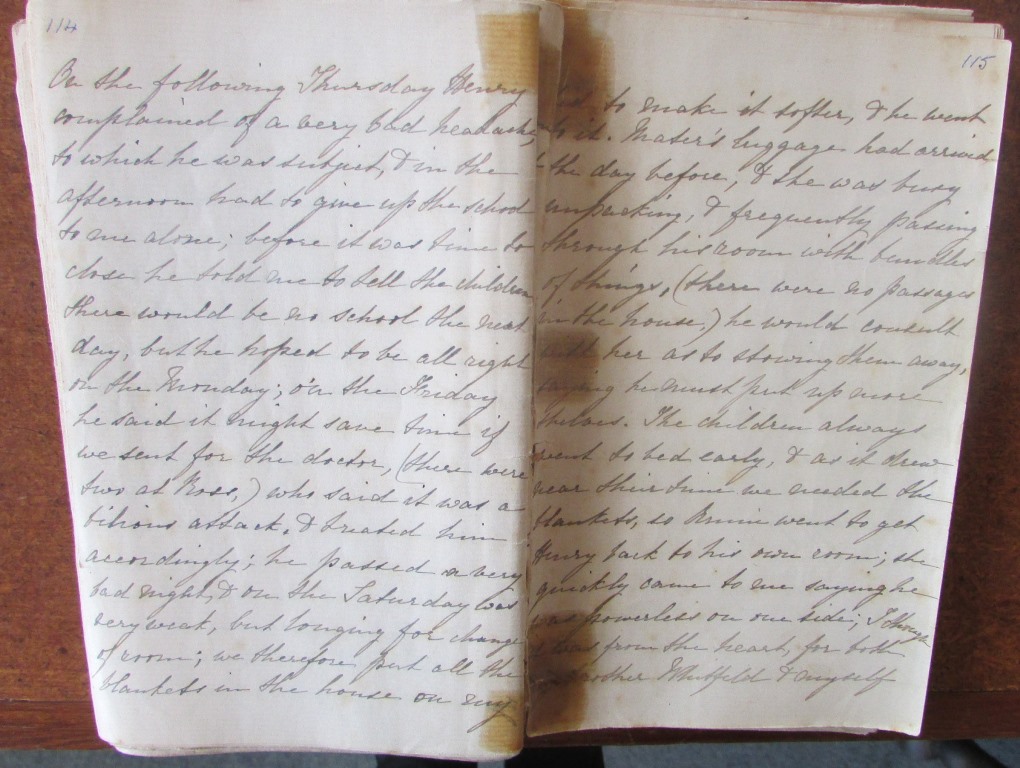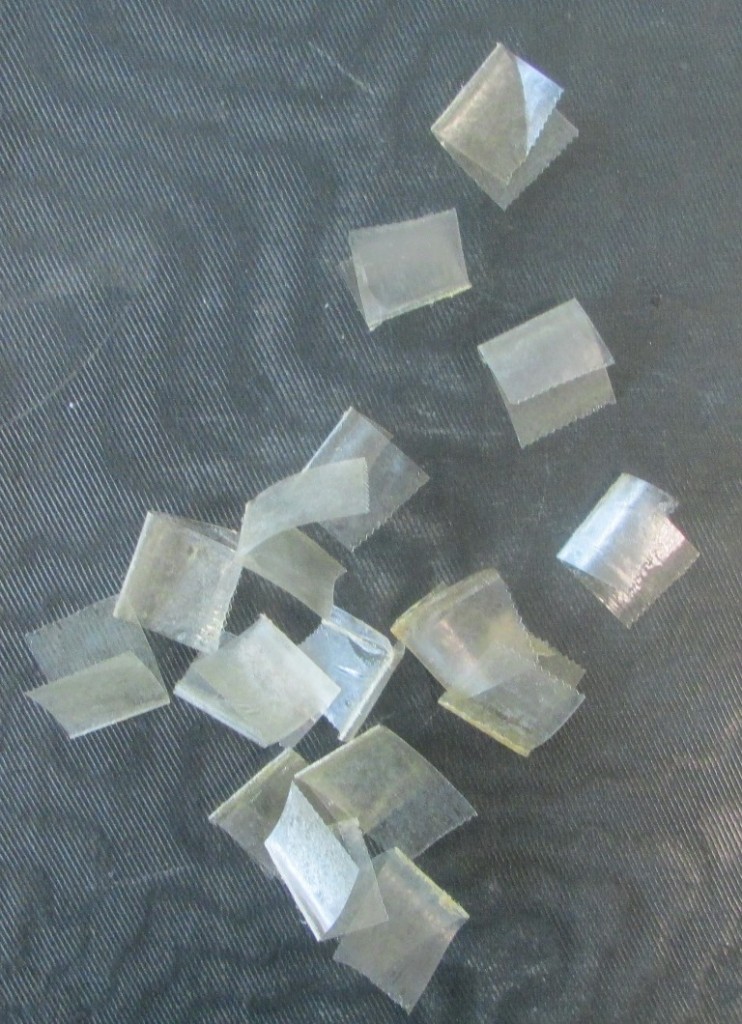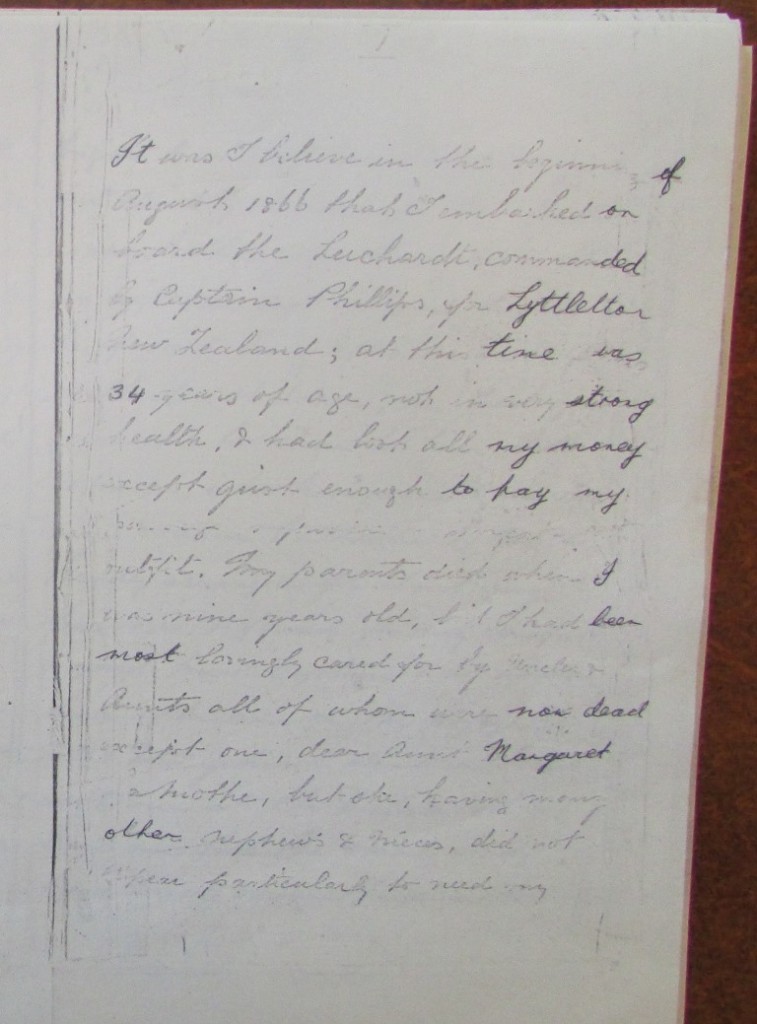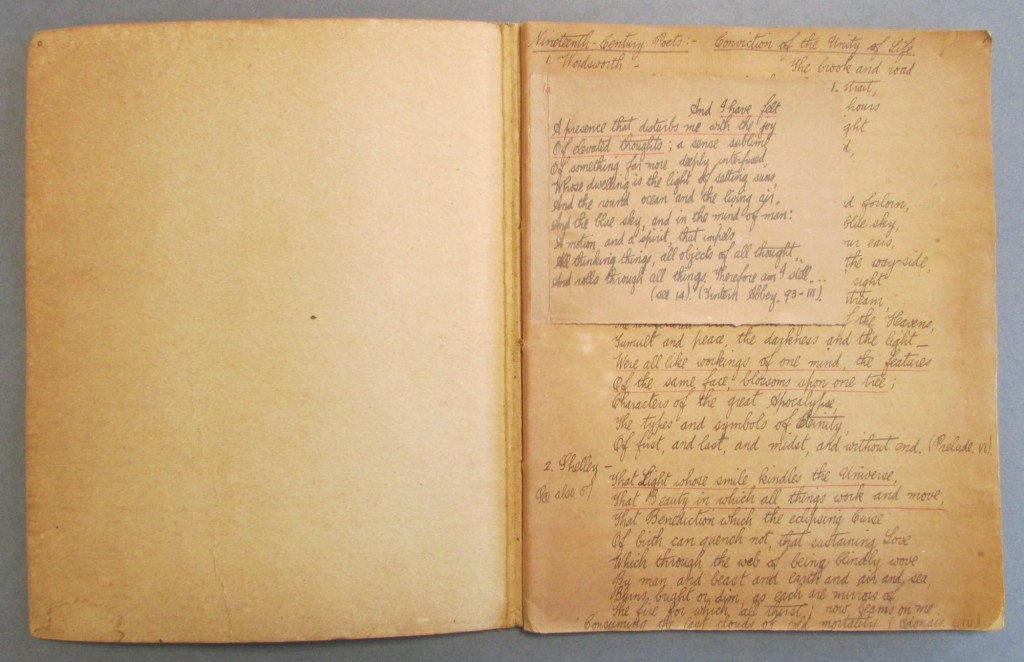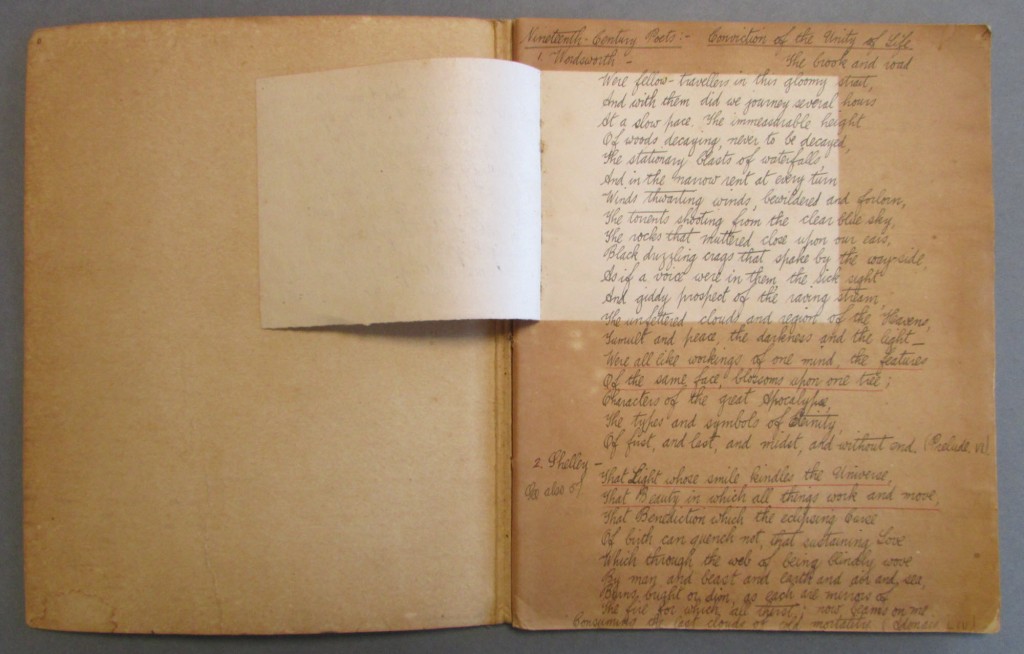Post compiled by Dr Anna Petersen, Curator of Photographs
Now that such high quality digital copies of historic photographs are possible, people sometimes question why preserving the original matters. There are actually many reasons that can be given to justify this core business at the Hocken but this blog post will just touch on a few in relation to one specific item, P2014-001, in the Photographs Collection.
What would prove the annual highlight of donations for 2014 arrived just after New Year, when a lady walked in holding an old Christmas card box containing a family heirloom. Mrs Joan Miskimmin had been given the contents by her father, P.D.J. Cockerill, and decided to gift it to the Hocken for safekeeping.
Once the photograph had been carefully removed from the wrapping and traces of red glitter blown away, the portrait of a young man with a small child on his knee looked familiar. The Hocken already had a copy print of the photograph on file and the image had been published over the years in a number of books, always identified as the well-known whaler and pioneer Dunedin businessman, John Jones. The donor knew by then, however, that this information was incorrect.
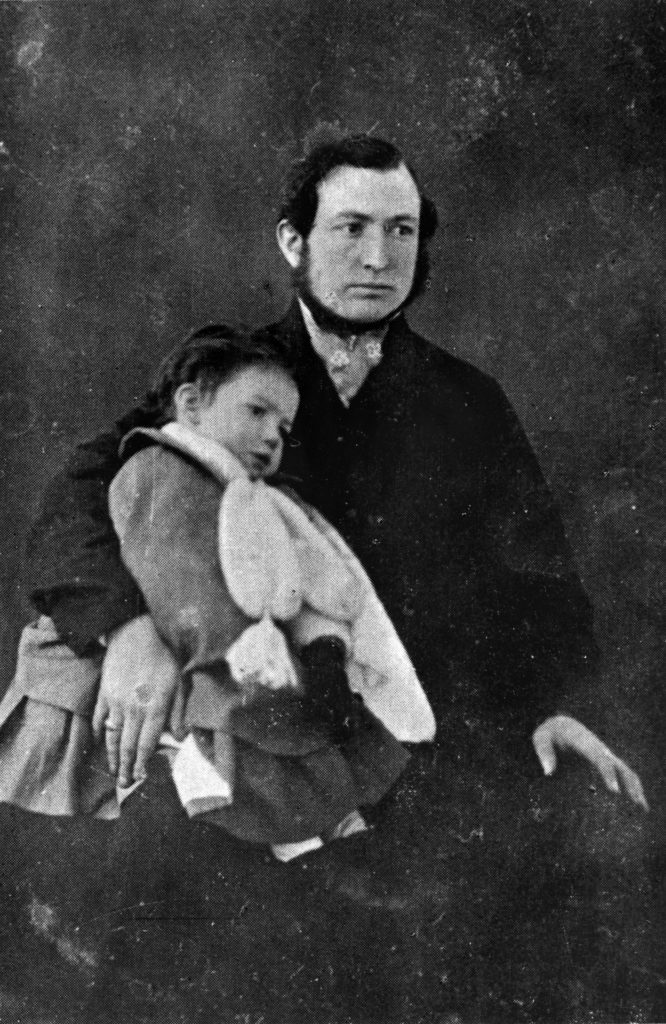
Fig. 1 John Jones, copy print, S11-315.
Thanks to maritime historian Ian Farquhar, someone had thought to question this attribution and hunted down the original. John Jones was born in 1808 or 1809, married Sarah Sizemore in 1828 and together they had eleven children. This would have made John in his early 30s when Daguerre first patented the daguerreotype and Talbot developed the calotype process in 1840. Though it is often difficult to define people’s age, things didn’t seem to quite add up so Ian invited Associate Professor Erika Wolf from the University of Otago to accompany him to the owner’s home and advise on the probable date by looking at the photograph itself.
Fortunately, the history of photography encompasses the rapid development and use of many different materials and technical processes and using her knowledge, Erika could quickly determine the portrait as an ambrotype. Ambrotypes belong to the small category employing non-paper supports and are photographs on glass as opposed to daguerreotypes on polished metal, ferrotypes (commonly known as tintypes) on lacquered iron, and opaltypes on translucent white glass. Like daguerreotypes, ambrotypes were often put into elaborate pinchpeck frames and cased for protection but can still be easily told apart when looking at the original by the fact that daguerreotypes have a mirrored appearance, turning from positive to negative when viewed from different angles.
Ambrotypes became popular around the world in the 1850s, so even though there is nothing on the artefact to say whether or not it was produced in New Zealand, enough information could be gleaned by looking at the original to rule out the initial identification. The portrait is now thought to be of John Jones’s eldest son, John Richard Jones (1832-1911), and his eldest daughter, Mary Louise Sarah, who was born in August 1856.
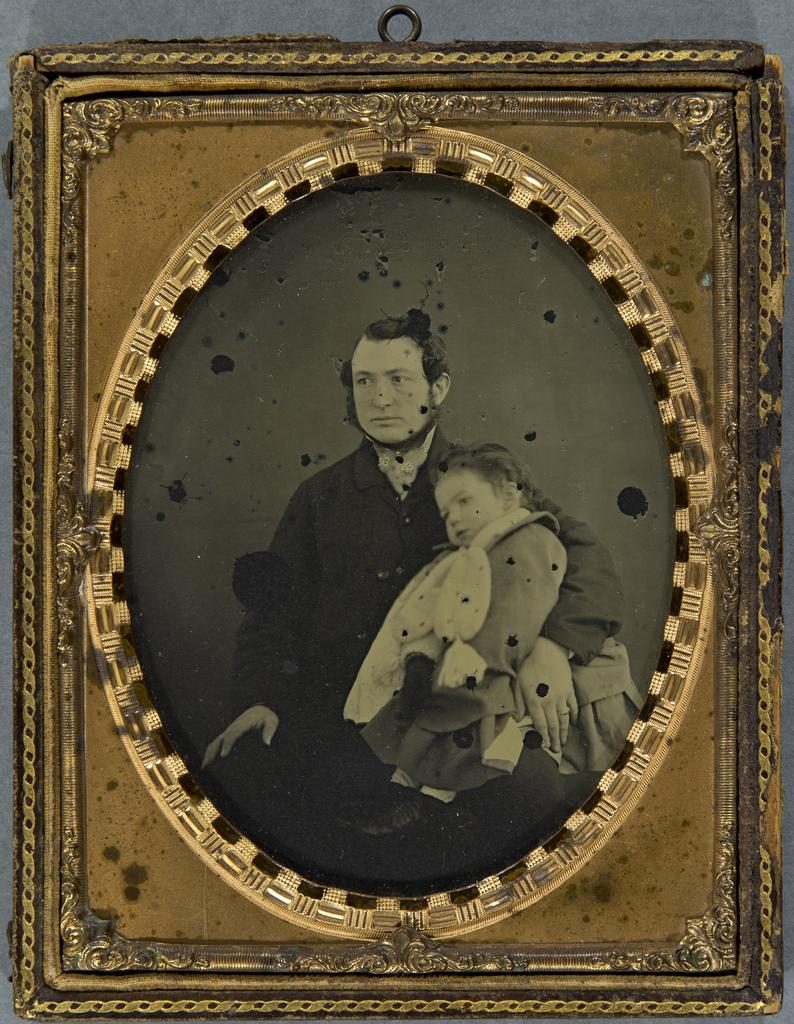
Fig. 2 John Richard Jones and Mary Louise Sarah, ambrotype, c.1858. Hocken Photographs Collection, P2014-001.
The Hocken Photographs Collection includes examples of all the early forms of nineteenth century photography. Every year, classes of students at the University of Otago and Otago Polytechnic come to visit and learn to discern the differences by looking at the originals, Hocken staff routinely use this knowledge to help catalogue items and members of the public, including artists and photographers, request to see the real objects which have survived the years and can only be fully appreciated at first hand. A small selection of early photographs on non-paper supports are shown below.
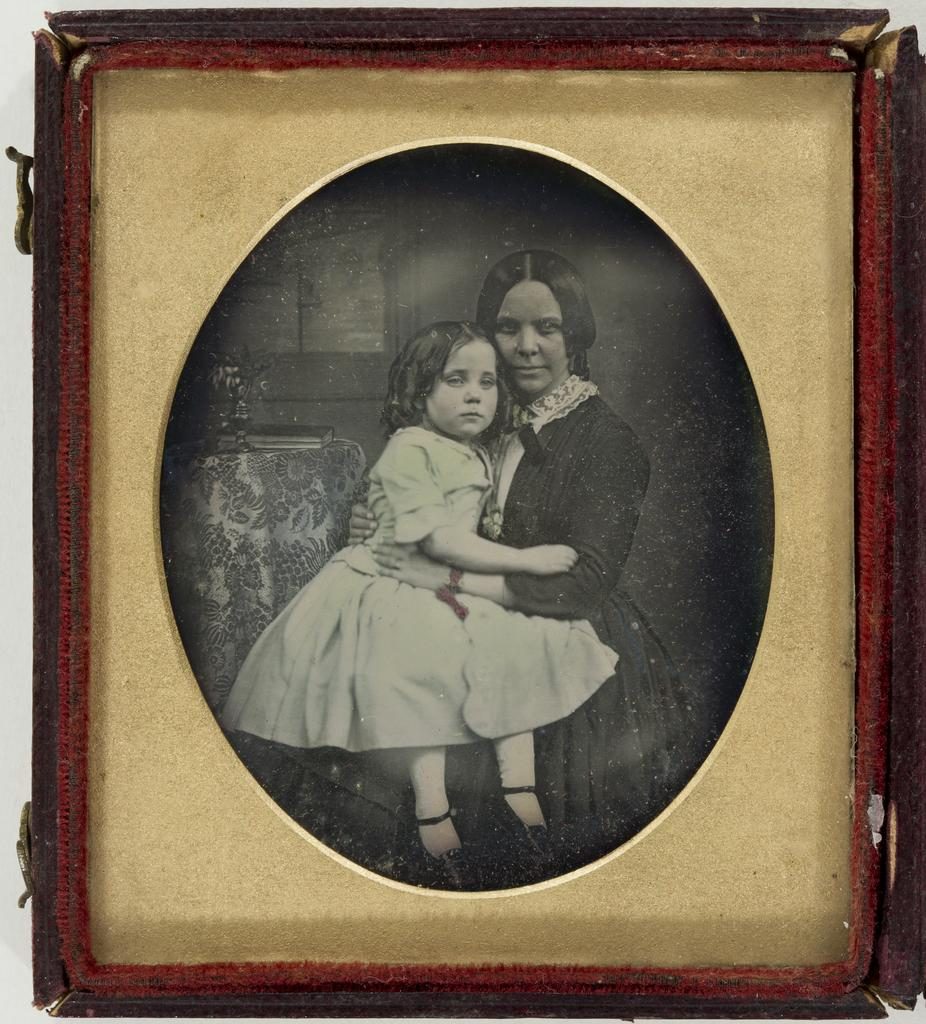
Fig. 3 Mother and daughter, hand-tinted daguerreotype, Whitelaw family collection, 1840-1850s. Hocken Photographs Collection, P1997-120-001.
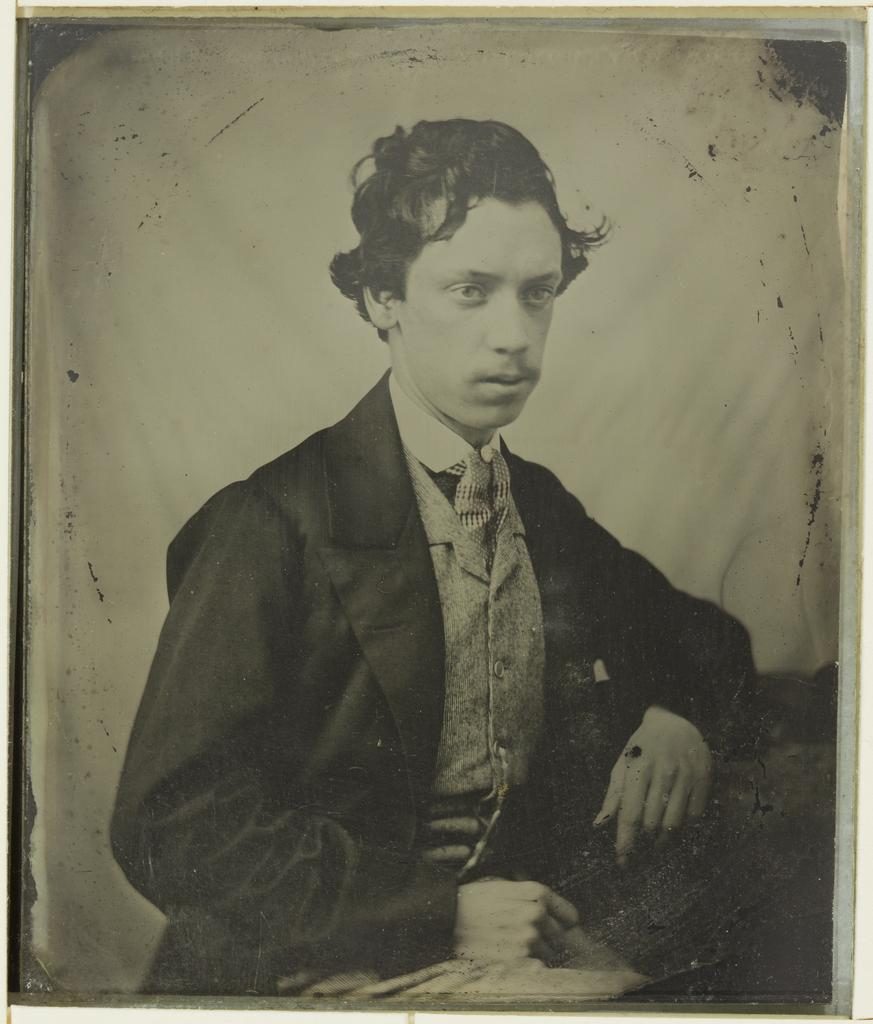
Fig. 4 William Mathew Hodgkins, ambrotype, 1853 (removed from frame). Hocken Photographs Collection, P1984-017. (Inscription on the back of the frame: ‘Photograph taken while in London the spring of 1853, at any rate before he went to Paris. The hair is not fouled, It is dressed in the fashion of the day.’)
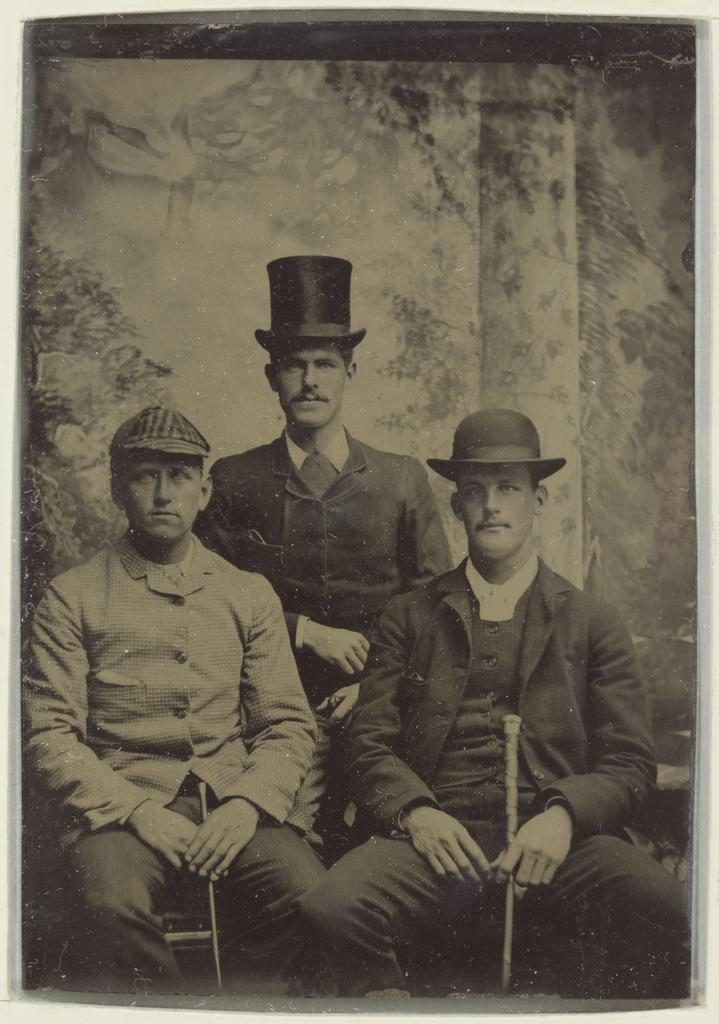
Fig. 5 Three young men, ferrotype, Whitelaw family collection, 1860s-1870s. Hocken Photographs collection, P1997-120-002. (According to historian Bill Dacker, hats were quite a feature of society in Lawrence around this time).
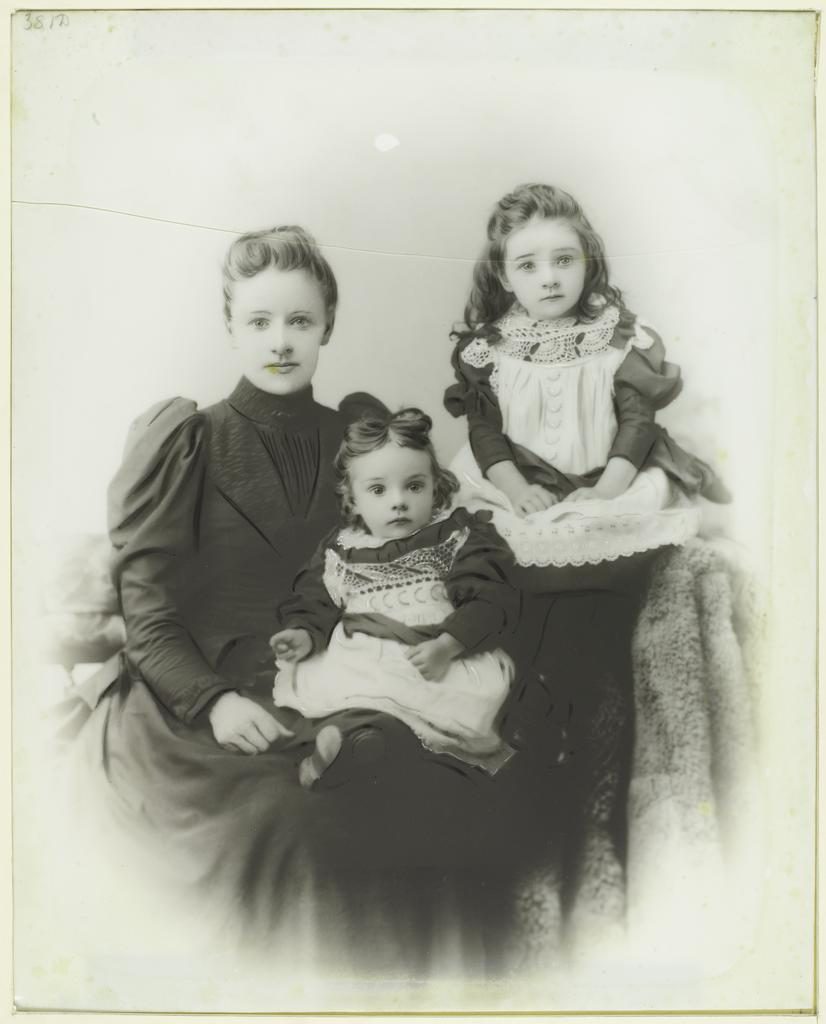
Fig. 6 Ellen Brook and her two daughters, Esther and Jane, opaltype, c.1895. Hocken Photographs Collection, P1991-026. (They are dressed in mourning clothes after the death of their husband/father in a quarry during the building of the Otago Central Railway near Naseby.)


